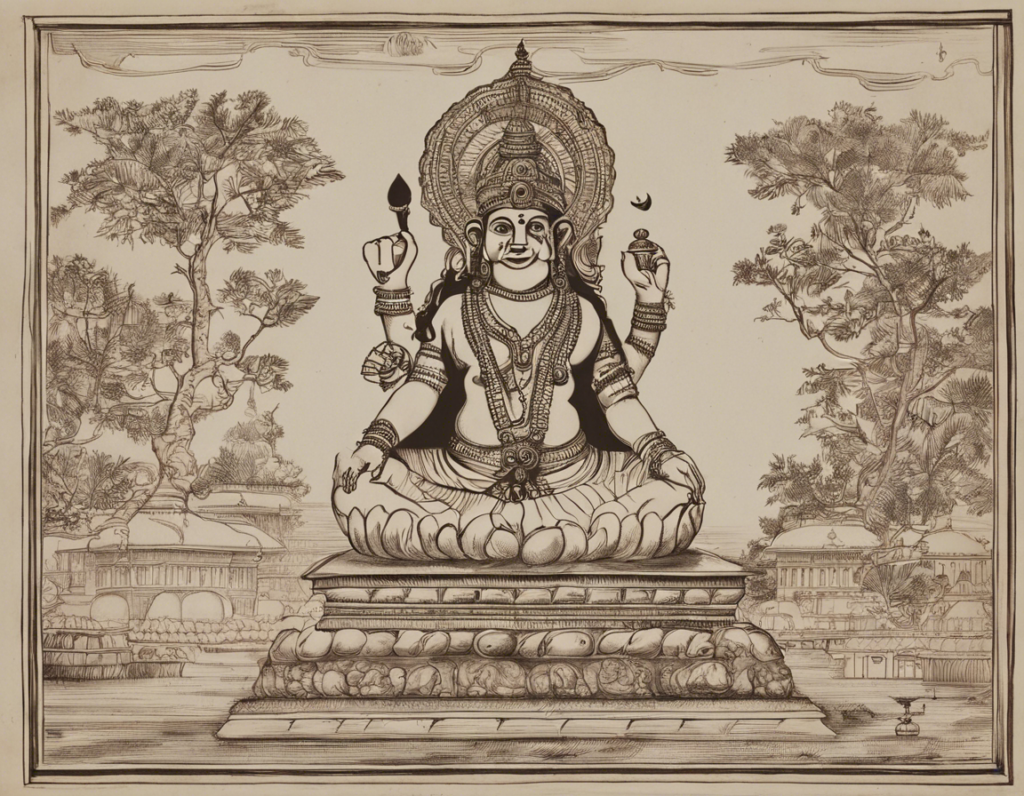Introduction
The Hindi language, along with many other Indian languages, uses the Devanagari script for writing. At the core of Devanagari script lies the Varnamala, which is the Hindi alphabet. Varnamala is composed of 13 Swara (vowels) and 33 Vyanjana (consonants), each with its unique sound and pronunciation. Understanding and mastering Varnamala is the first step in learning how to read, write, and speak the Hindi language. In this article, we will delve into the fundamentals of Varnamala, exploring different aspects of Hindi letters, their pronunciation, and usage in words.
The Structure of Varnamala
1. Swara (Vowels)
In Hindi, there are 11 main vowels known as Swara. These vowels can be classified into short and long sounds. The short vowels are a, i, u, e, and o, whereas the long vowels are represented by adding a horizontal line on top of the short vowels, such as ā, ī, ū, ē, and ō.
2. Vyanjana (Consonants)
Hindi consists of 33 main consonants, known as Vyanjana. These consonants range from plosive sounds like k and g to nasal sounds like n and m. It is important to note that some consonants have a dual nature, such as k, which can be pronounced as both unaspirated k and aspirated kh.
3. Matra (Vowel Signs)
Matra are diacritics used in Hindi to modify the sound of the inherent vowel attached to a consonant. For example, placing a ै matra with the consonant क changes its sound to kai.
4. Anusvara and Visarga
Anusvara (अं) represents a nasal sound in Hindi, and Visarga (ः) denotes an aspirated /h/ sound. These symbols are used to modify the pronunciation of certain consonants in specific contexts.
Pronunciation Tips
-
Swara Pronunciation: Practice the distinction between short and long vowels to ensure accurate pronunciation.
-
Vyanjana Articulation: Pay attention to the aspiration of consonants like p, t, and k, as aspiration changes the meaning of words in Hindi.
-
Combination Sounds: Work on pronouncing consonant clusters and conjuncts to improve fluency and readability.
Common Challenges and Solutions
-
Confusion Between Similar Sounds: Practice minimal pairs like ट (ṭa) and त (ta) to overcome confusion between similar-sounding consonants.
-
Mastering Conjuncts: Break down complex conjuncts into individual components to simplify the learning process.
-
Aspirated Consonants: Focus on the aspiration of consonants to prevent mispronunciations that can alter the meaning of words.
Application of Varnamala in Hindi Words
Understanding Varnamala is crucial for reading and writing Hindi words accurately. Let’s examine how Varnamala is applied in forming some common Hindi words:
-
कर्मा (Karma): The word “Karma” consists of the consonants क, र, and म along with the long vowel ा.
-
शिक्षा (Shiksha): Here, we have the consonants श, क, ष, and आ representing the word “Shiksha.”
-
गज (Gaj): In this example, the word “Gaj” is made up of the consonants ग and ज.
Frequently Asked Questions (FAQs)
1. What are the essential components of Varnamala in Hindi?
Varnamala comprises Swara (vowels), Vyanjana (consonants), Matra (vowel signs), Anusvara, and Visarga.
2. How many Swara and Vyanjana are there in Hindi Varnamala?
Hindi Varnamala consists of 11 Swara (vowels) and 33 Vyanjana (consonants).
3. How can I improve my pronunciation of Hindi letters?
Practice regularly, pay attention to the nuances of short and long vowels, and work on accurately articulating consonant sounds.
4. What are some tips for mastering complex conjuncts in Hindi?
Break down conjuncts into individual components, practice each component separately, and gradually combine them to pronounce conjuncts effectively.
5. Why is understanding Varnamala important for learning Hindi?
Varnamala serves as the foundation of the Hindi language, and mastering it is essential for accurate reading, writing, and speaking in Hindi.
Conclusion
In conclusion, mastering Varnamala is an essential step in learning the Hindi language. By understanding the structure, pronunciation, and application of Hindi letters, learners can enhance their reading, writing, and speaking skills significantly. Practice, consistency, and a focus on the nuances of Varnamala will pave the way for a deeper understanding and fluency in Hindi. Embrace the beauty of Varnamala as you embark on your journey to explore the rich tapestry of the Hindi language.
